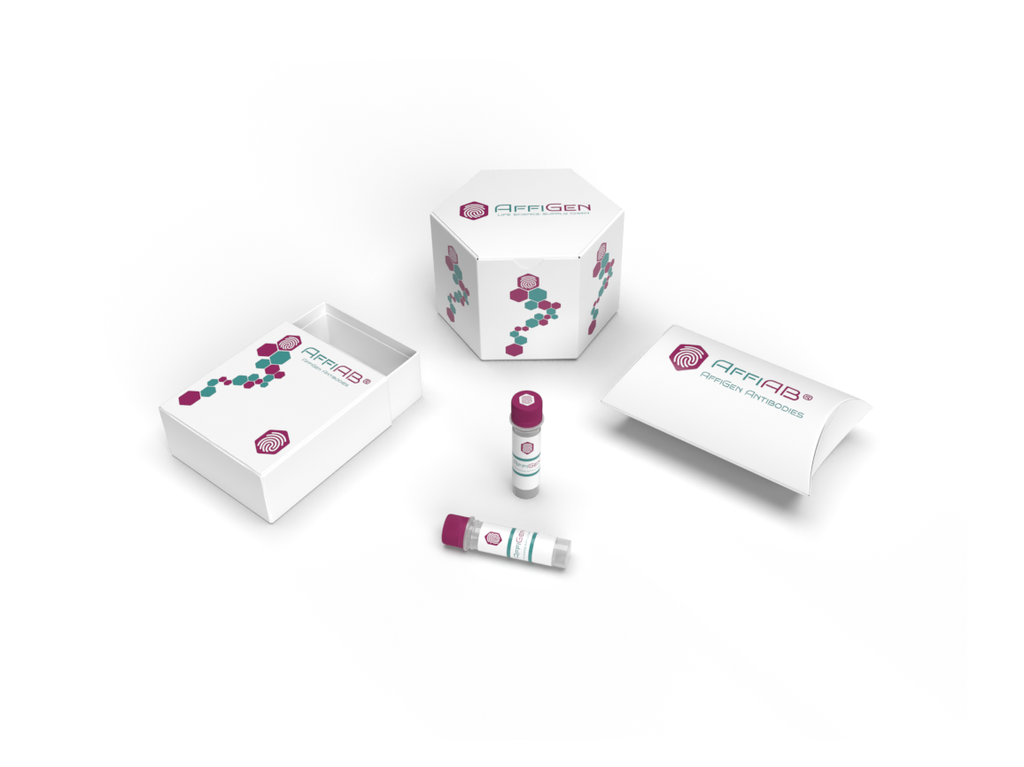AffiAB® Anti-PPAR delta Antibody
PPARδ is a nuclear hormone receptor that governs a variety of biological processes and may be involved in the development of several chronic diseases, including diabetes, obesity, atherosclerosis, and cancer.In muscle PPAR-β/δ expression is increased by exercise, resulting in increased oxidative (fat-burning) capacity and an increase in type I fibers. Both PPAR-β/δ and AMPK agonists are regarded as exercise mimetics. In adipose tissue PPAR-β/δ increases both oxidation as well as uncoupling of oxidative phosphorylation.PPARδ may function as an integrator of transcription repression and nuclear receptor signaling. It activates transcription of a variety of target genes by binding to specific DNA elements. Well described target genes of PPARδ include PDK4, ANGPTL4, PLIN2, and CD36. The expression of this gene is found to be elevated in colorectal cancer cells. The elevated expression can be repressed by adenomatosis polyposis coli (APC) , a tumor suppressor protein involved in the APC/beta-catenin signaling pathway. Knockout studies in mice suggested the role of this protein in myelination of the corpus callosum, epidermal cell proliferation, and glucose and lipid metabolism.This protein has been shown to be involved in differentiation, lipid accumulation, directional sensing, polarization, and migration in keratinocytes.
Antibody type
Rabbit polyclonal Antibody
Uniprot ID
SwissProt: Q03181 Human; SwissProt: P35396 Mouse
Recombinant
NO
Conjugation
Non-conjugated
Host
Rabbit
Isotype
IgG
Clone
N/A
KO/KD
N/A
Species reactivity
Human, Mouse
Tested applications
WB, FC
Predicted species reactivity
N/A
Immunogen
Recombinant protein within human PPARD aa 260-441.
Storage
Store at +4°C after thawing. Aliquot store at -20°C. Avoid repeated freeze / thaw cycles.
Form
Liquid
Storage buffer
1*PBS (pH7.4) , 0.2% BSA, 50% Glycerol. Preservative: 0.05% Sodium Azide.
Concentration
1 mg/mL.
Purity
Immunogen affinity purified.
Signal pathway
PPAR signaling pathway, Cardiovascular
Recommended dilutions
WB: 1:500-1:1000
; FC: 1:50-1:100
Molecular Weight
Predicted band size: 50 kDa
Subcellular location
Nucleus.
Positive control
Mouse colon tissue lysates, SHSY5Y.
